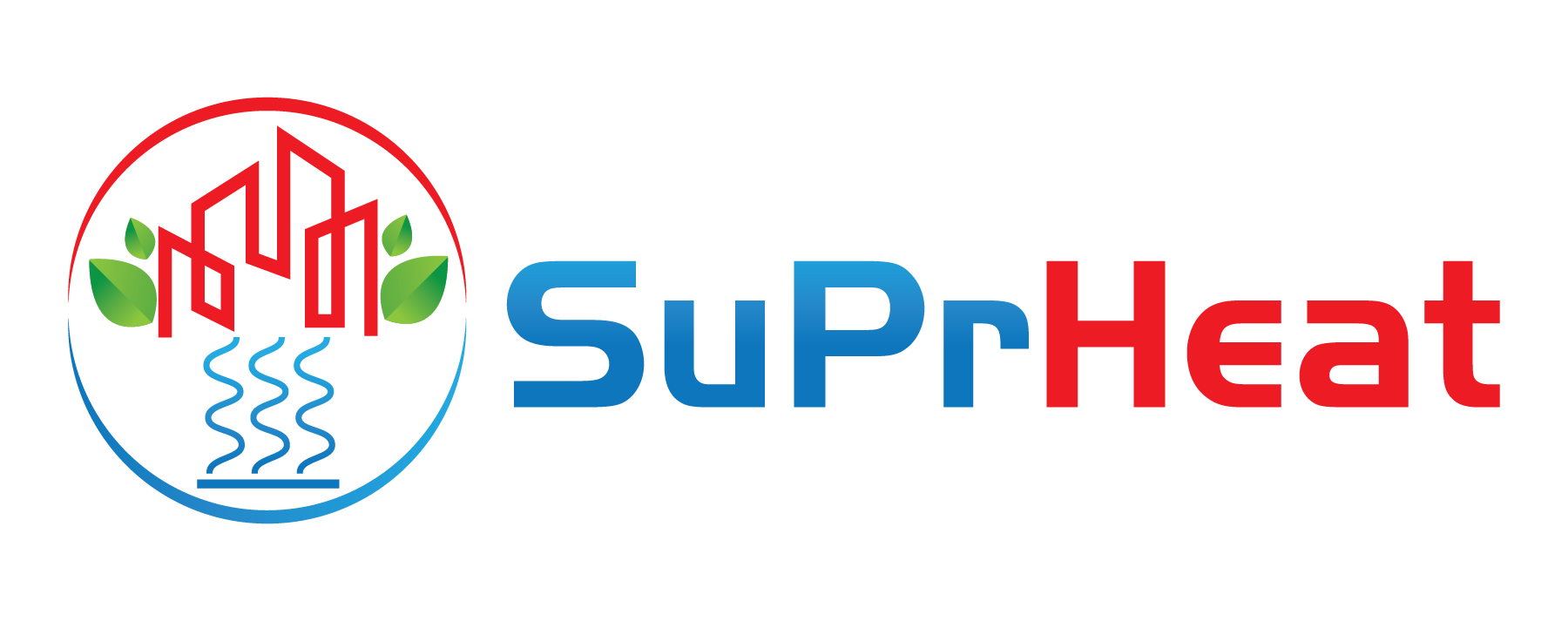
Glossary
Find the definitions for the most relevant expressions here.
- COP: The Coefficient of performance (COP) characterizes the performance of a heat pump and is defined by the amount of supplied in relation to the amount of electricity which is consumed for operating the heat pump.
- Heat pump: A heat pump is a device which recovers heat from a heat source at low temperature, upgrades it to a higher temperature where it is supplied to a process. For upgrading the heat to the higher temperature, a certain amount of electric power must be invested. The higher the temperature lift, the higher is the necessary amount of electricity.
- High-temperature heat pumps: By high-temperature heat pumps, we consider industrial heat pumps which are able to supply heat at temperatures above 100 °C.
- Process integration: Process integration describes the discipline of optimizing production plants with respect to energy efficiency, with a focus on creating highest possible synergies among the various subsystems and processes. Process integration may be conducted based on energy, exergy and pinch analyses.
- Reversed Brayton cycle: A reversed Brayton cycle is a heat pump cycle, in which the working fluid is completely in the gas phase in all states. The cycle consists of a compressor, a heat exchanger for heat supply, a turbine for recovering expansion work and a heat exchanger for recovering heat from a heat source.
- Heat source and sink: The heat source describes the source of heat from which the heat is recovered at a low temperature. Typical heat sources are the ambient or excess heat from an industrial process, but also district heating could serve as a heat source. The heat sink describes the sink to which the heat is supplied at a higher temperature. The heat sink for high-temperature heat pumps is typically an industrial process.
- Working fluid: A working fluid is a media which is circulated in a heat pump cycle, while changing temperature and pressure. Depending on the cycle layout, the working fluid may undergo evaporation and condensation. Working fluids can be natural or synthetic, while this project considers solely natural working fluids.
- Temperature glide: The temperature glide describes the temperature change of a medium during heat exchange.
